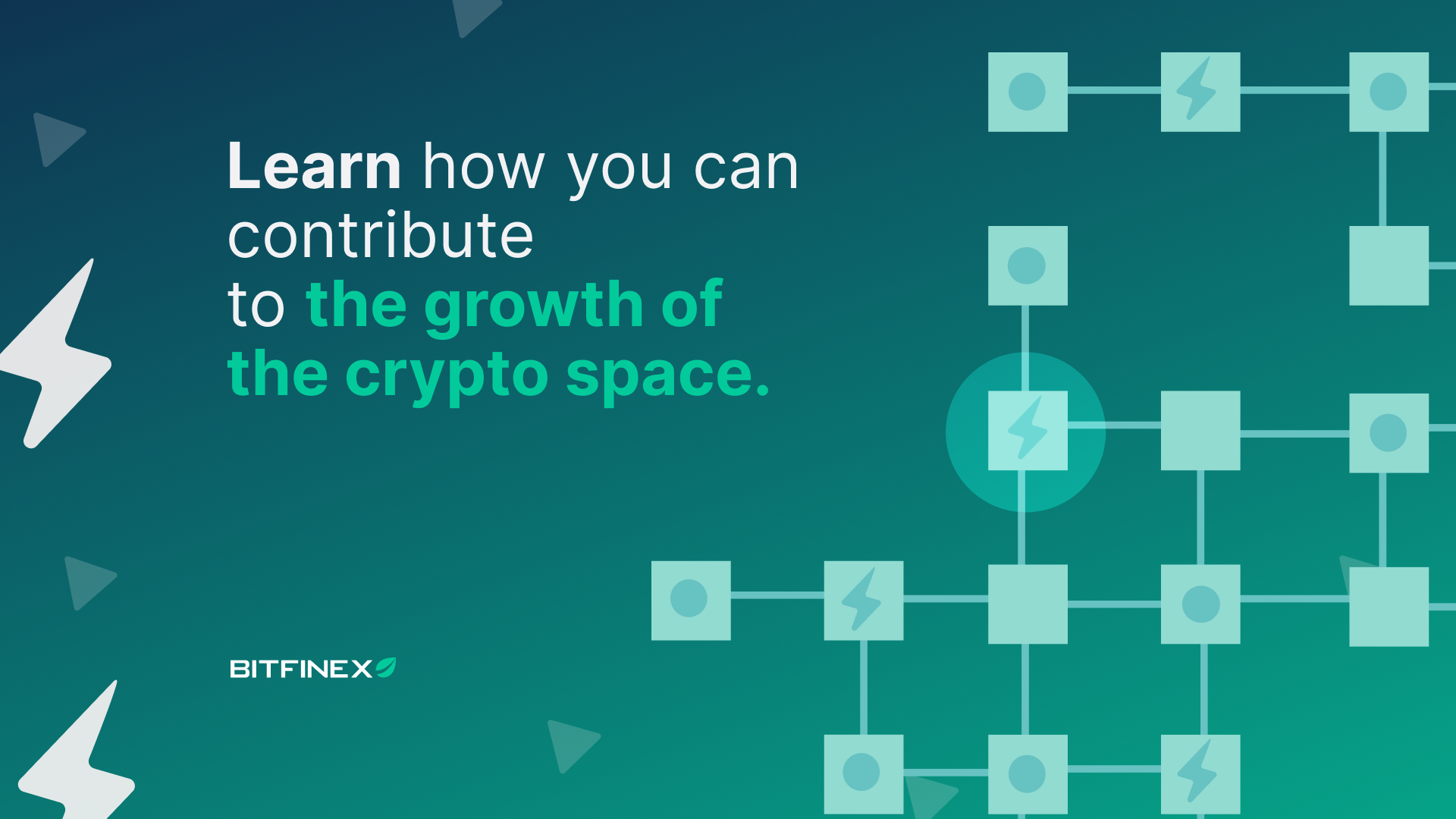

- #RASPBERRYPI ETHEREUM LIGHT NODE HOW TO#
- #RASPBERRYPI ETHEREUM LIGHT NODE INSTALL#
- #RASPBERRYPI ETHEREUM LIGHT NODE DOWNLOAD#
The Node-RED Dashboard has a white background and a light blue bar by default. You can edit its name, select its corresponding tab and change its width. Then, you can edit the created group by clicking on the edit button (5). To add a group to the created tab, you need to click on the +group button (4).

You need to create at least one group to add your widgets.
#RASPBERRYPI ETHEREUM LIGHT NODE HOW TO#
In this section we’re going to show you how to create your UI (User Interface) in Node-RED. To open the Node-RED UI, type your Raspberry Pi IP address in a web browser followed by :1880/ui as shown below: Your_RPi_IP_address :1880/uiĪt the moment your dashboard is empty – as you can see in the following figure – because we haven’t added anything to the dashboard yet: Then, reboot your Pi to ensure that all changes take effect on Node-RED software: :~ $ sudo reboot
#RASPBERRYPI ETHEREUM LIGHT NODE INSTALL#
:~/.node-red $ npm install node-red-dashboard To install the Node-RED Dashboard run the following commands: :~ $ node-red-stop :~ $ cd ~/.node-red To learn more about Node-RED Dashboard you can check the following links: Node-RED Dashboard is a module that provides a set of nodes in Node-RED to quickly create a live data dashboard.
#RASPBERRYPI ETHEREUM LIGHT NODE DOWNLOAD#
I recommend that you download my course: Build a Home Automation System for $100. If you like home automation and you want to learn more about Node-RED, Raspberry Pi, ESP8266 and Arduino. For an introduction to Node-RED, read this blog post Getting Started with Node-RED on Raspberry Pi. You should have Node-RED installed on your Pi.You should have the Raspbian or Raspbian Lite operating system installed in your Raspberry Pi – read Installing Raspbian Lite, Enabling and Connecting with SSH.You should already be familiar with Raspberry Pi – read Getting Started with Raspberry Pi.



 0 kommentar(er)
0 kommentar(er)
